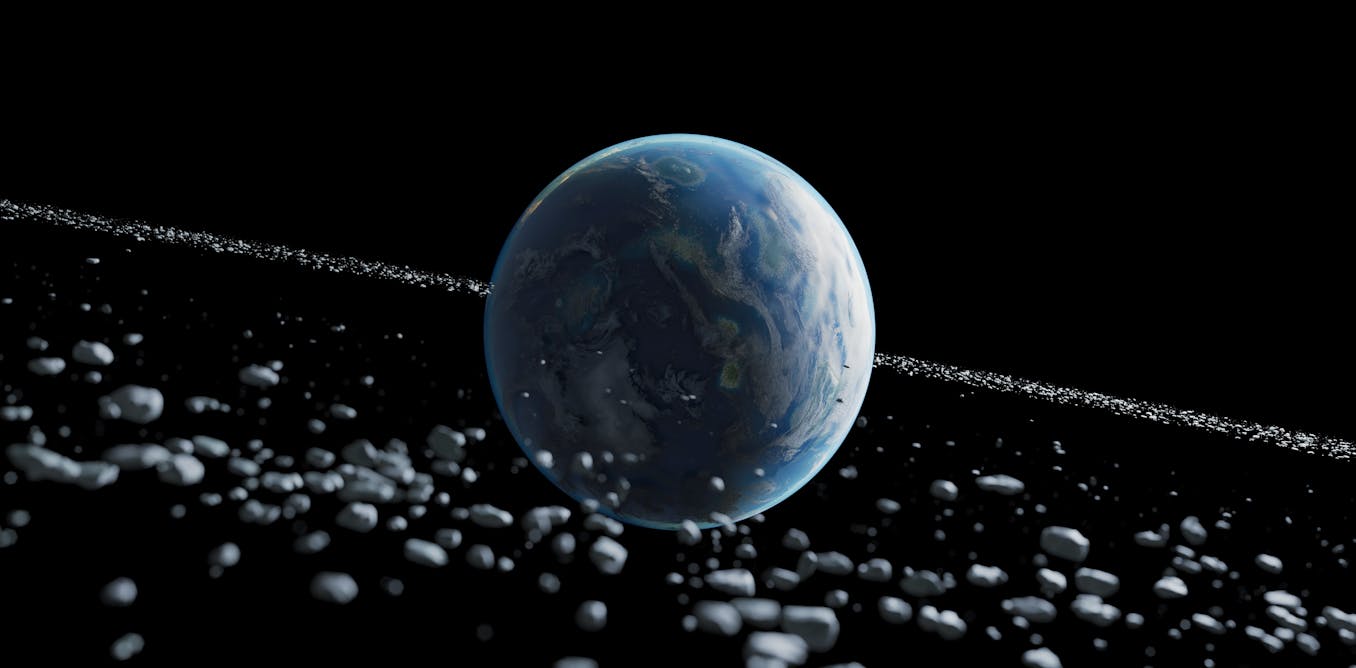Absolutely fascinating idea:

 phys.org
phys.org

Earth may have had a ring system 466 million years ago
In a discovery that challenges our understanding of Earth's ancient history, researchers have found evidence suggesting that Earth may have had a ring system that formed around 466 million years ago, at the beginning of a period of unusually intense meteorite bombardment known as the Ordovician...





